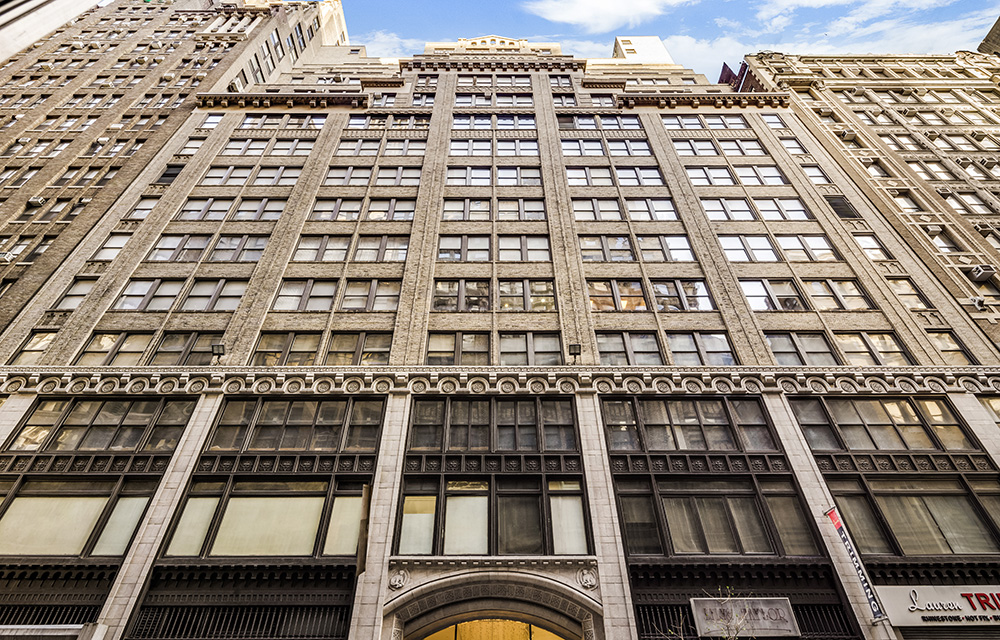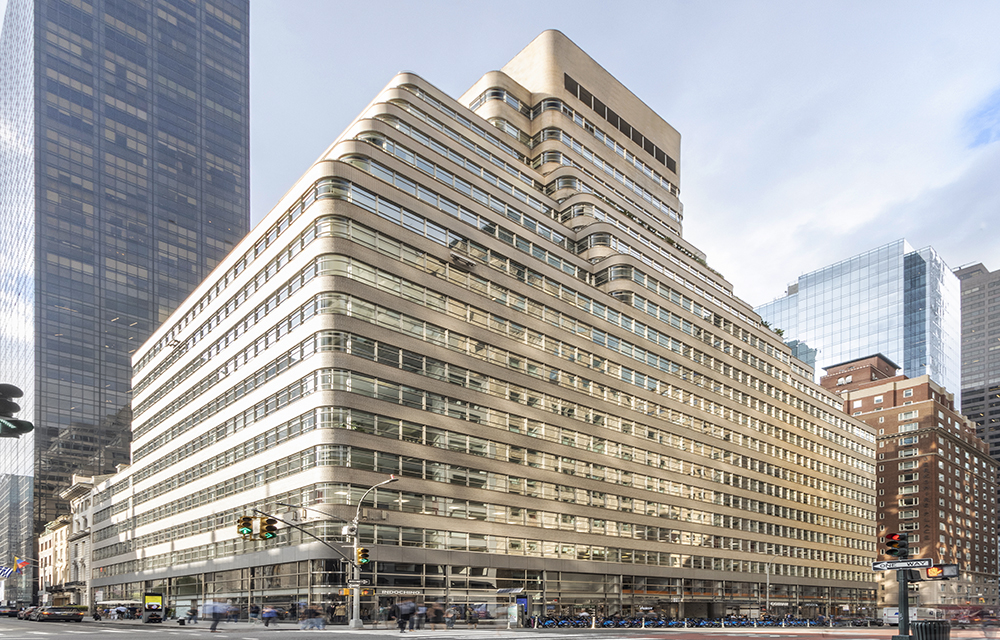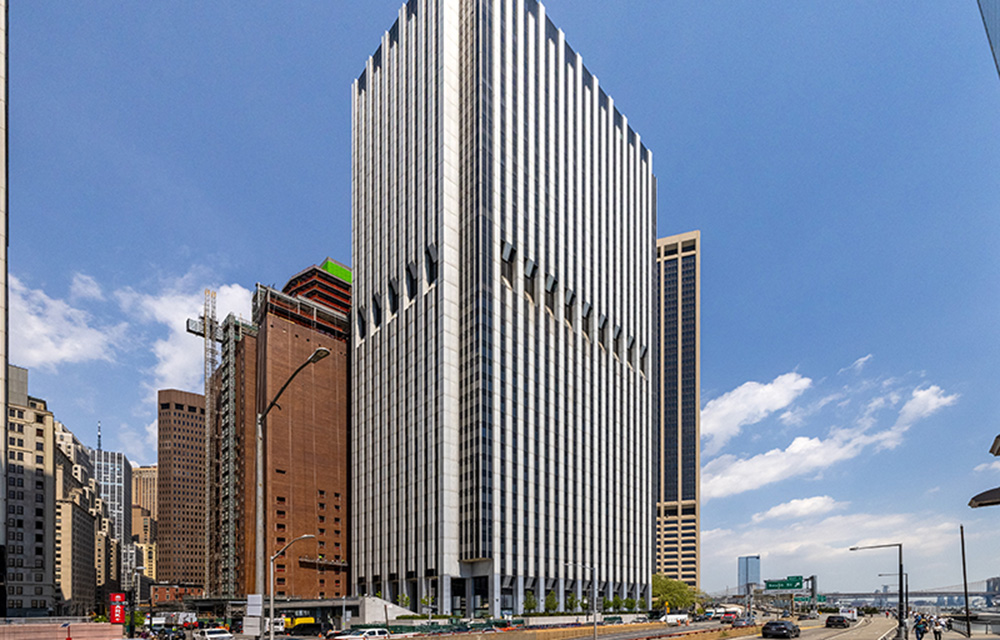News:
Brokerage
Posted: June 23, 2015
Question of the Month: What should building owners and managers know regarding Law 37/08's requirements?
While the 8th Cycle of Local Law 11/98 (FISP) is well underway, building owners and managers in New York City should also be aware of another extremely important law, Local Law 37 of 2008, which requires the inspection, maintenance and repair of retaining walls.
We'll begin with the most important question - what is a retaining wall? Local Law 37 of 2008 classifies a retaining wall as a wall that resists lateral pressures and limits lateral displacement caused by soil, rock, water or other materials. It is important to note, however, that only building owners with retaining walls which are 10 ft. high or greater and face a public right-of-way are subject to the requirements of Local Law 37 of 2008.
Charles Merritt, PE, principal of Merritt Engineering Consultants, P.C. answers the most frequently asked questions regarding Law 37/08's requirements.
What are the filing deadlines?
The law established one year filing windows for each of the five boroughs of New York City. Inspections for properties in the Bronx were due in 2014, while Manhattan is up next in 2015, followed by Staten Island in 2016, Queens in 2017 and Brooklyn in 2018. The inspection and submission must be performed by a qualified retaining wall inspector (QRWI) every five years.
What do buildings owners and property managers have to do?
You must hire a QRWI, typically a registered design professional (P.E. or R.A.), to conduct a hands-on, non-destructive inspection to determine the existing conditions of the retaining wall and identify potential safety hazards. Once the initial inspection is completed, the QRWI will prepare and file a written report with the New York City Department of Buildings (DOB) that details any necessary repair strategies.
Does the Retaining Wall Report differ from a Local Law 11/98 (FISP) report?
Although there are similarities, such as visually inspecting the wall and observing its conditions, the QRWI must first design and implement an assessment program that is specific to the retaining wall to be assessed, including, but not limited to, observations, data collection and method of evaluation. The assessment program and methods to be employed must be based on the consideration of the wall construction type, wall function, year built, location and failure consequence. Consideration must be given to the retaining wall's history of maintenance and repairs as described in previous reports and submittals to the DOB, if applicable.
A typical report will outline information consisting of the approximate age of the retaining wall, the type of construction, any history of past repairs/replacement, any deficiencies noted (prioritizing from immediate to long term repairs), as well as recommendations and anticipated budgets for repairs outlined. The report will also be accompanied by photographs and field sketches of deficiency locations.
How are the results of
the assessment classified
in the report?
The qualified professional will determine if the conditions are safe, safe with minor repairs or maintenance, safe with repairs and/or engineering monitoring, or unsafe.
A retaining wall or any part thereof that may pose a potential danger to persons or property, but does not require immediate action, may be rated safe with repairs and/or engineering monitoring. Partially collapsed walls are classified as unsafe and must be addressed immediately.
When to repair and when to replace?
There are several factors that play a role in determining whether your building's retaining wall requires repairs or replacement. Leaning or displaced segments of a retaining wall and cracks in stone are noticeable defects, but it is sometimes difficult to determine whether such defects can be repaired locally (i.e. partial replacement, stabilization with mechanical anchors, epoxy injections in cracks) or if the defects require demolition and re-construction of the entire retaining wall. If there is severe structural damage, such as a partial collapse of a wall section, then replacing the wall is the safest solution.
Is this something to
incorporate in our building's maintenance plan?
Absolutely! As your restoration and repair experts, we recommend that every building have a maintenance plan that includes frequent evaluations of all exterior elements including roofs, facades, sidewalks, parking lots, and any retaining walls. Focusing specifically on retaining walls, building staff should familiarize themselves with early indicators of problematic conditions such as loose or cracked mortar, water stains on the surface of the retaining wall, soil and vegetation growth in the joints, pockets of mud that form at the base of the wall, and clogged drain outlets that are sometimes found at the base of a wall.
Merritt Engineering Consultants, P.C. has assisted building owners throughout New York City in fulfilling the critical responsibility of maintaining their building's safe condition under Local Law 37/08. Please feel free to contact us if you have any questions about your building's retaining wall(s).
Charles Merritt, PE, is principal of Merritt Engineering Consultants, P.C., Bayside, N.Y.
Tags:
Brokerage
MORE FROM Brokerage
Meridian Capital Group arranges 10-year retail lease for Mess at 236 West 10th St.
Manhattan, NY According to Meridian Capital Group, Jordan Langer, Noam Aziz and Carson Shahrabani of the firm’s retail leasing team have arranged a five-year lease at 236 West 10th St. in Greenwich Village

Columns and Thought Leadership

Behind the post: Why reels, stories, and shorts work for CRE (and how to use them) - by Kimberly Zar Bloorian
Let’s be real: if you’re still only posting photos of properties, you’re missing out. Reels, Stories, and Shorts are where attention lives, and in commercial real estate, attention is currency.

AI comes to public relations, but be cautious, experts say - by Harry Zlokower
Last month Bisnow scheduled the New York AI & Technology cocktail event on commercial real estate, moderated by Tal Kerret, president, Silverstein Properties, and including tech officers from Rudin Management, Silverstein Properties, structural engineering company Thornton Tomasetti and the founder of Overlay Capital Build,

Lasting effects of eminent domain on commercial development - by Sebastian Jablonski
The state has the authority to seize all or part of privately owned commercial real estate for public use by the power of eminent domain. Although the state is constitutionally required to provide just compensation to the property owner, it frequently fails to account

Strategic pause - by Shallini Mehra and Chirag Doshi
Many investors are in a period of strategic pause as New York City’s mayoral race approaches. A major inflection point came with the Democratic primary victory of Zohran Mamdani, a staunch tenant advocate, with a progressive housing platform which supports rent freezes for rent








.jpg)

.gif)